Do you have a question about the LAE electronic LTR15 and is the answer not in the manual?
Describes the physical dimensions and mounting of the LTR15 unit into a panel.
Specifies the ambient temperature and relative humidity limits for instrument operation.
Advises on supply voltage, switched powers, and connection arrangement compliance.
Details the key sequence required to enter the instrument's configuration setup menu.
Explains how to navigate between and modify configuration parameters.
Describes how to view and adjust the setpoint during normal regulator operation.
Explains the initial self-test phase and subsequent indications on the display.
Describes how measured temperature is processed, corrected, and displayed.
Details the button function for switching the controller on/off and entering standby.
Explains the selection between ON/OFF (1Y=HY) and PID (1Y=PID) control modes.
Details how ON/OFF control functions, including hysteresis and heating/cooling.
Explains PID control functionality, cycle time, and heating/cooling modes.
Explains proportional control, proportional band (1PB), and deviation from set point.
Describes PI control, integral action time (1IT), and integral action reset (1AR).
Explains PID control, derivative action (1DT), and system stability.
Describes indications for sensor malfunction and output control based on parameter 1PF.
Ensures PID control, correct proportional band sign, and set point are configured before auto-tuning.
Details the key sequence to start the auto-tuning process and parameter adjustment.
Describes the acquisition phase where the controller learns system responses.
Explains error indications (E1, E2, E3) during unsuccessful auto-tuning.
Provides guidance on adjusting parameters (1Ar, 1Pb, 1It, 1Dt) for better control performance.
Steps for recalibrating the instrument, including sensor replacement.
Information on using the serial port for PC connection and ADR parameter setting.
Describes the physical dimensions and mounting of the LTR15 unit into a panel.
Specifies the ambient temperature and relative humidity limits for instrument operation.
Advises on supply voltage, switched powers, and connection arrangement compliance.
Details the key sequence required to enter the instrument's configuration setup menu.
Explains how to navigate between and modify configuration parameters.
Describes how to view and adjust the setpoint during normal regulator operation.
Explains the initial self-test phase and subsequent indications on the display.
Describes how measured temperature is processed, corrected, and displayed.
Details the button function for switching the controller on/off and entering standby.
Explains the selection between ON/OFF (1Y=HY) and PID (1Y=PID) control modes.
Details how ON/OFF control functions, including hysteresis and heating/cooling.
Explains PID control functionality, cycle time, and heating/cooling modes.
Explains proportional control, proportional band (1PB), and deviation from set point.
Describes PI control, integral action time (1IT), and integral action reset (1AR).
Explains PID control, derivative action (1DT), and system stability.
Describes indications for sensor malfunction and output control based on parameter 1PF.
Ensures PID control, correct proportional band sign, and set point are configured before auto-tuning.
Details the key sequence to start the auto-tuning process and parameter adjustment.
Describes the acquisition phase where the controller learns system responses.
Explains error indications (E1, E2, E3) during unsuccessful auto-tuning.
Provides guidance on adjusting parameters (1Ar, 1Pb, 1It, 1Dt) for better control performance.
Steps for recalibrating the instrument, including sensor replacement.
Information on using the serial port for PC connection and ADR parameter setting.
| Brand | LAE electronic |
|---|---|
| Model | LTR15 |
| Category | Controller |
| Language | English |
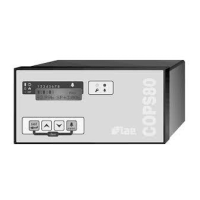
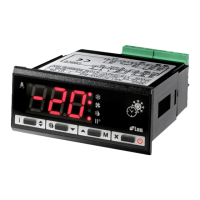
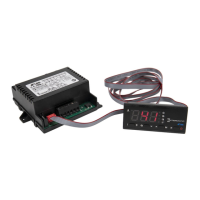
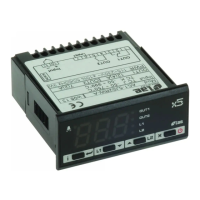
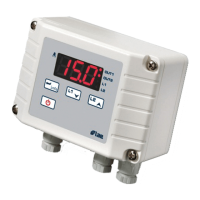

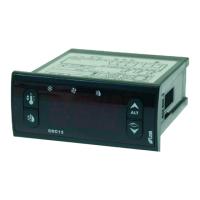
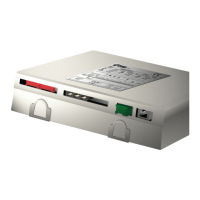


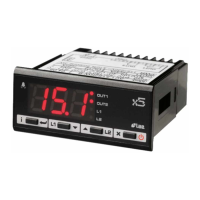
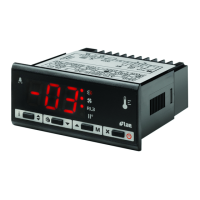
